There are many reasons for the deformation of common aluminum machining parts, which are related to the material, the shape of the part, and the production conditions. In cnc machining service there are mainly several aspects: deformation caused by the internal stress of the blank, deformation caused by cutting force and cutting heat, and deformation caused by clamping force.
- Process measures to reduce deformation of aluminium machined parts
1. Reduce the internal stress of the blank
Natural or artificial aging and vibration treatment can partially eliminate the internal stress of the blank. Pre-processing is also an effective process method. For larger blanks, due to the large margin, the deformation after processing is also large. If the excess part of the blank is processed in advance and the margin of each part is reduced, not only the processing deformation in the subsequent process can be reduced, but also a part of the internal stress can be released after a period of time.
2. Improve the cutting ability of the tool
The material and geometric parameters of the tool have an important influence on the cutting force and cutting heat. The correct selection of the tool is very important to reduce the deformation of the parts.
(1) Reasonably choose the tool geometry parameters.
① Rake angle: Under the condition of maintaining the strength of the cutting edge, the rake angle should be appropriately selected to be larger. On the one hand, it can grind a sharp edge, and on the other hand, it can reduce cutting deformation ,chip removal more easily , thereby reducing cutting force and cutting temperature. Never use negative rake angle tools.
②Clear angle: The size of the relief angle has a direct effect on the wear of the flank surface and the quality of the machined surface. Cutting thickness is an important condition for selecting the relief angle. During rough milling, due to the large feed rate, heavy cutting load, and large heat generation, the tool requires good heat dissipation conditions. Therefore, the clearance angle should be selected smaller. When finishing milling, a sharp edge is required to reduce the friction between the flank face and the machined surface and reduce elastic deformation. Therefore, the relief angle should be selected larger.
③Helix angle: In order to make the milling smooth and reduce the milling force, the helix angle should be selected as large as possible.
④ Entering angle: Appropriately reducing the entering angle can improve the heat dissipation conditions and reduce the average temperature of the processing area.
(2) Improve the tool structure.
①Reduce the number of teeth of the milling cutter and increase the chip space. Due to the large plasticity of the aluminum material, the large cutting deformation during processing requires a large chip space, so the bottom radius of the chip pocket should be larger and the number of milling cutter teeth should be smaller.
②Fine grinding of the teeth. The roughness value of the cutting edge of the tooth should be less than Ra=0.4um. Before using a new knife, you should lightly grind the front and back of the teeth with a fine oil stone to eliminate the remaining burrs and slight serrations when sharpening the teeth. In this way, not only can the cutting heat be reduced, but also the cutting deformation is relatively small.
③Strictly control the wear standard of the tool. After the tool is worn, the surface roughness value of the workpiece increases, the cutting temperature rises, and the deformation of the workpiece increases. Therefore, in addition to the selection of tool materials with good wear resistance, the tool wear standard should not be greater than 0.2mm, otherwise it is easy to produce built-up edge. When cutting, the temperature of the workpiece should generally not exceed 100°C to prevent deformation.
3. Improve the clamping method of the workpiece
For thin-walled aluminum workpieces with poor rigidity, the following clamping methods can be used to reduce deformation:
(1) For thin-walled bushing parts, if a three-jaw self-centering chuck or spring chuck is used to clamp from the radial direction, once it is released after processing, the workpiece will inevitably deform. At this time, the method of pressing the axial end face with better rigidity should be used. To locate the inner hole of the part, make a self-made threaded through mandrel, sleeve it into the inner hole of the part, press the end face with a cover plate on it, and back it with a nut. The clamping deformation can be avoided when the outer circle is processed, thereby obtaining satisfactory processing accuracy.
(2) When processing thin-walled and thin-plate workpieces, it is best to choose a vacuum chuck to obtain a uniformly distributed clamping force, and then process it with a smaller cutting amount, which can well prevent the workpiece from deforming.
(3) Use packing method. In order to increase the process rigidity of thin-walled workpieces, medium can be filled inside the workpiece to reduce the deformation of the workpiece during clamping and cutting. For example, pour a urea melt containing 3% to 6% potassium nitrate into the workpiece, and after processing, immerse the workpiece in water or alcohol to dissolve the filler and pour it out.
4. Reasonable arrangement of procedures
During high-speed cutting, due to the large machining allowance and intermittent cutting, the milling process often produces vibration, which affects the machining accuracy and surface roughness. Therefore, the CNC high-speed cutting process can generally be divided into: rough machining-semi-finish machining-clear corner machining-finishing and other processes. For parts with high precision requirements, it is sometimes necessary to perform secondary semi-finishing and then finishing. After rough machining, the parts can be cooled naturally to eliminate internal stress caused by rough machining and reduce deformation. The margin left after rough machining should be greater than the amount of deformation, generally 1 to 2 mm. During finishing, the finishing surface of the part should maintain a uniform machining allowance, generally 0.2-0.5mm is appropriate, so that the tool is in a stable state during the machining process, which can greatly reduce cutting deformation, obtain good surface machining quality, and ensure the accuracy of the product.













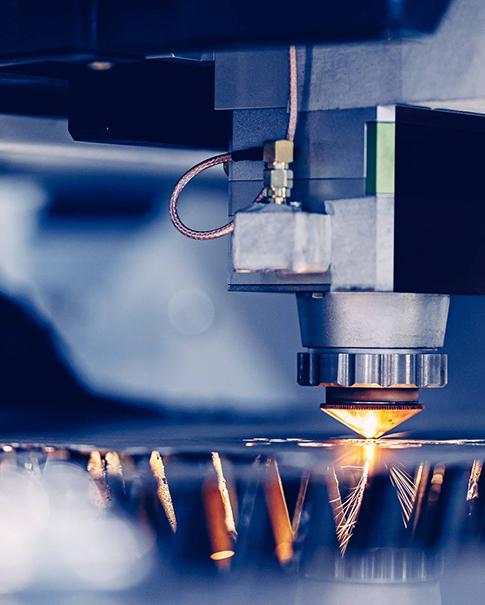
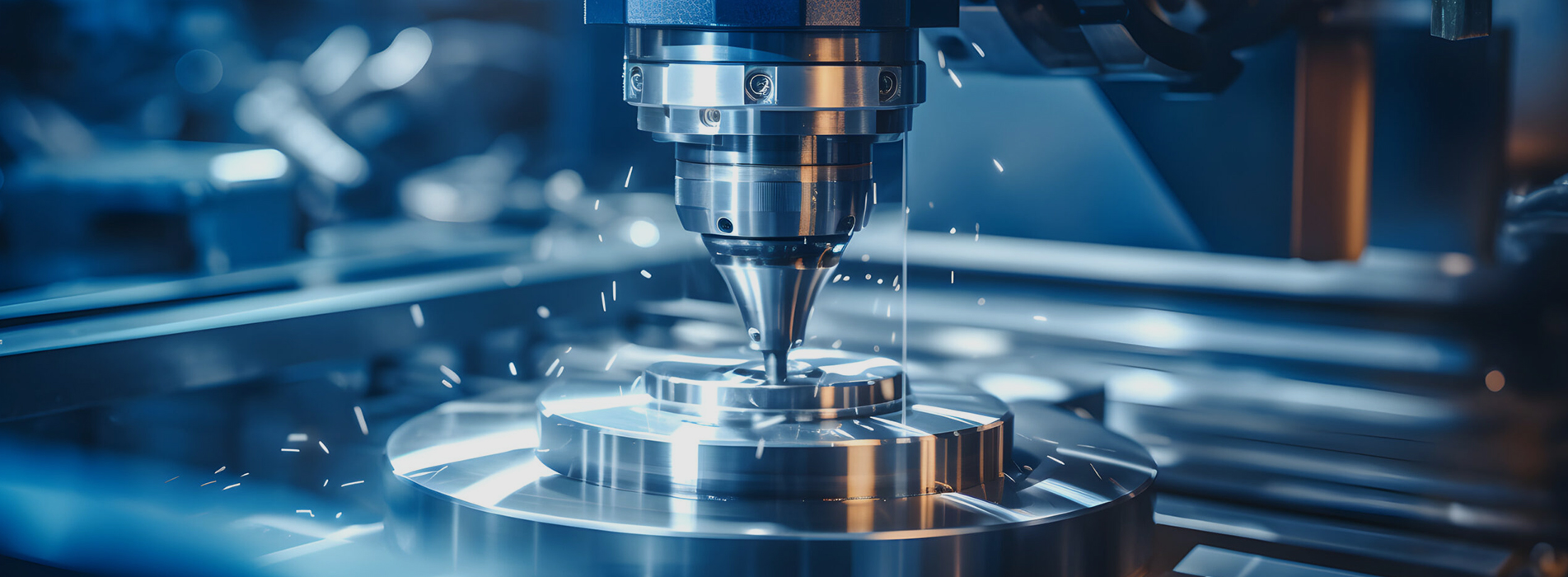
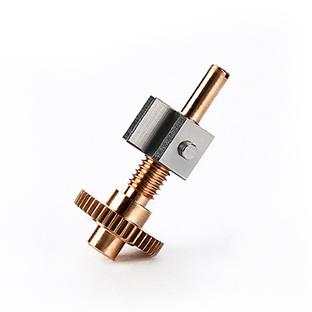
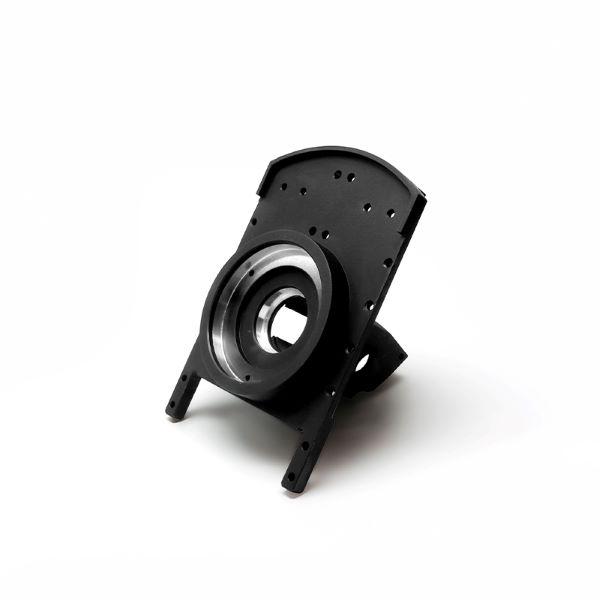
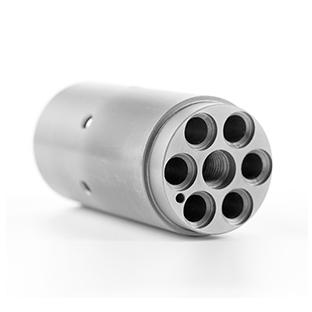
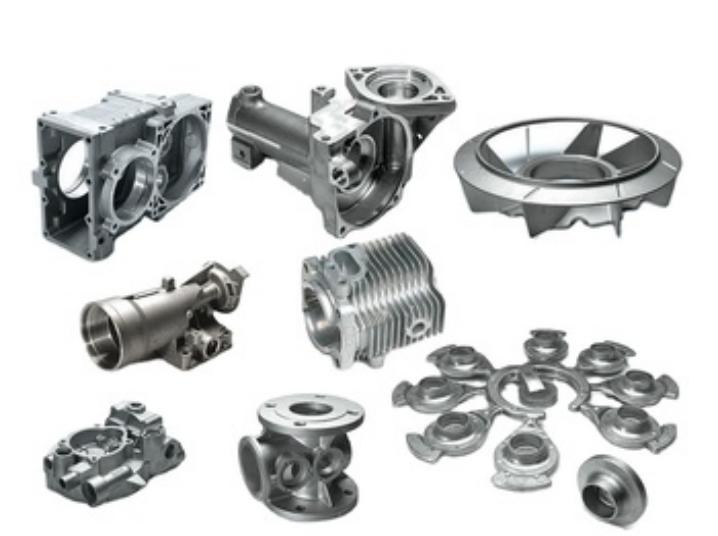
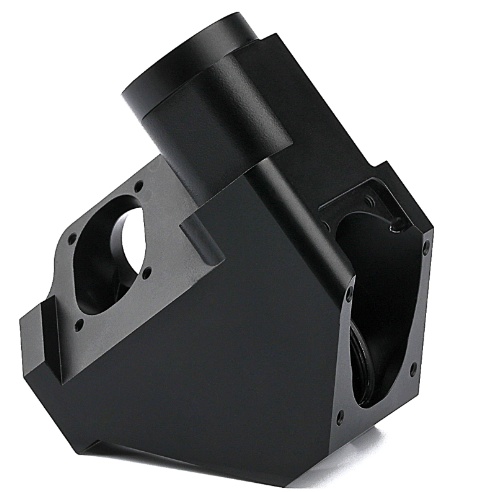
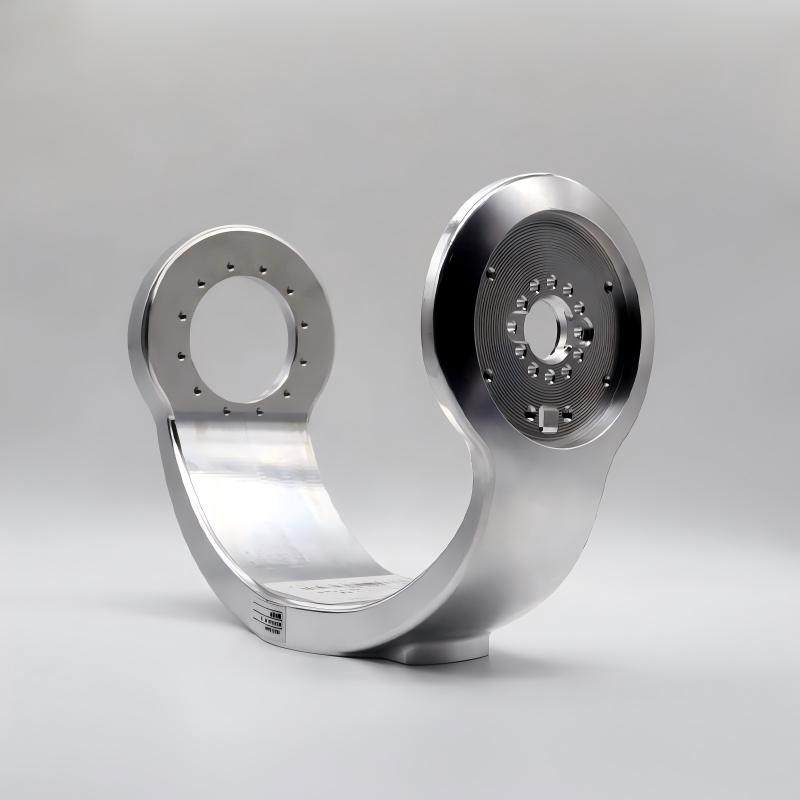
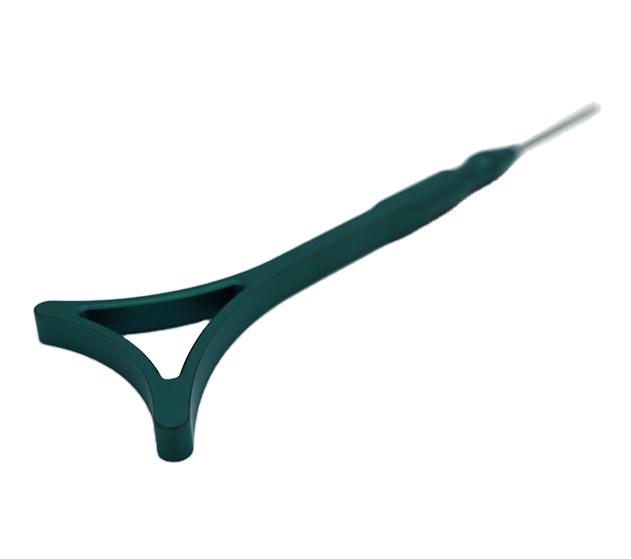
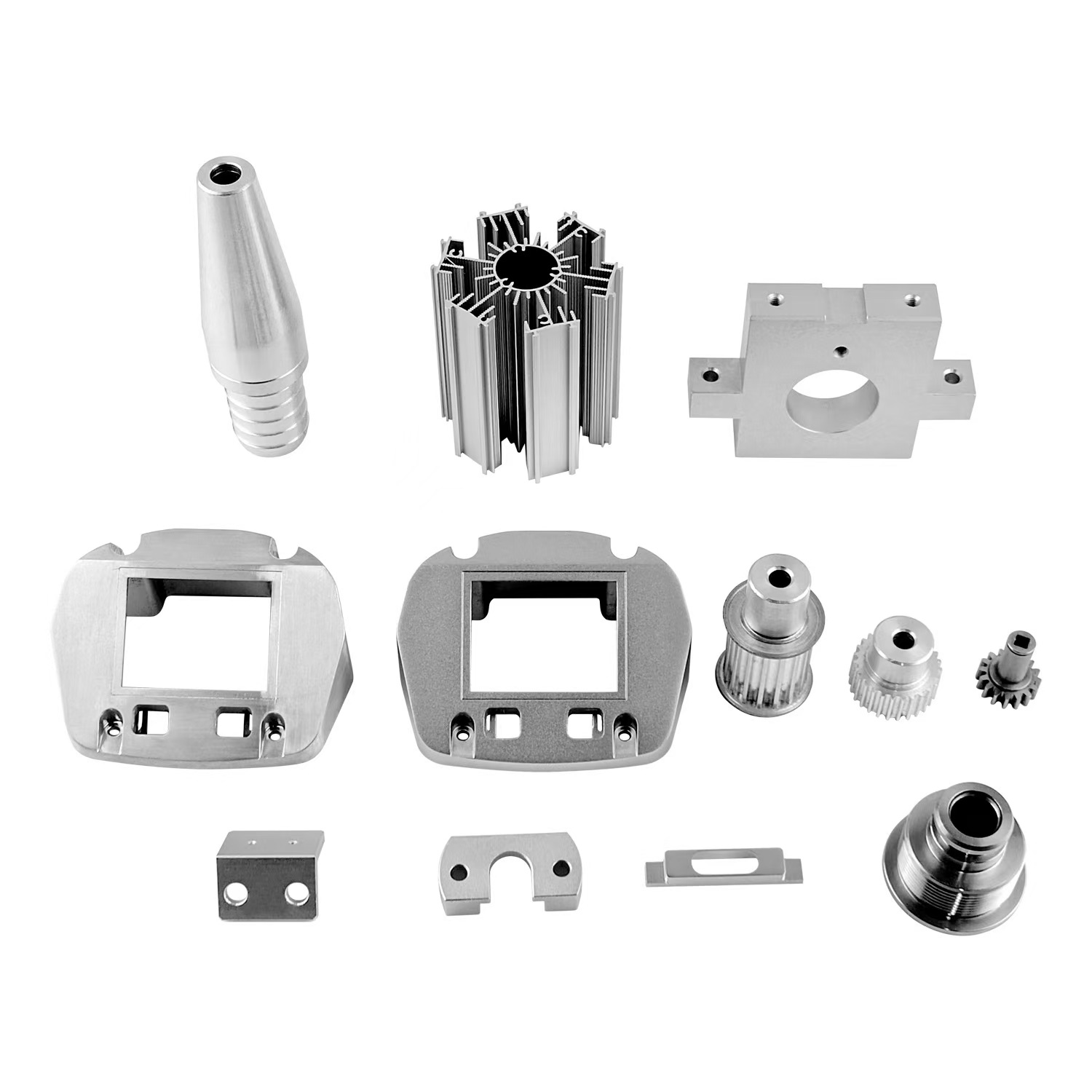
 SUBSCRIBE TO OUR NEWSLETTER
SUBSCRIBE TO OUR NEWSLETTER






